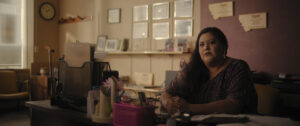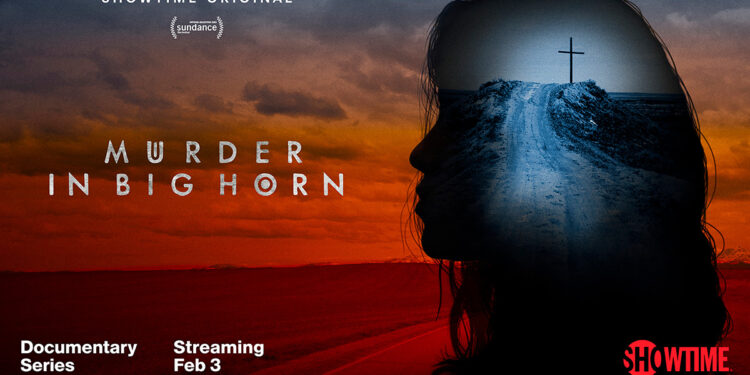BIG HORN COUNTY, Montana – The issue of violence against Indigenous people, particularly women in the United States, has hit epidemic levels. Indigenous women are 2.5 times more likely to be raped or sexually assaulted compared to the rest of the country. The Missing and Murdered Indigenous Women movement has gained significant traction over the past few years in advocating for the end of violence against Indigenous women. A new Showtime docuseries, “Murder in Big Horn” features the movement, and brings these issues to the mainstream spotlight.
After three missing people turn up dead, Big Horn County, Mont. is dubbed “the most dangerous place in the country for Indigenous Women”. The cases are mishandled by apathetic authorities, who do not genuinely pursue justice for the victims.
The series was produced by filmmaker Razelle Benally (Diné/Lakota Oglala). Over the span of her career, she has worked on many different Indigenous productions. Most notably, she directed an Indigenous Vote public service announcement starring Mark Ruffalo, Shailene Woody and Tonja Jo Hall.
When it came time to find a co-director for the series, executive producer Matthew Galkin knew he had to find an Indigenous filmmaker in order to properly tell the story. That is where Benally came in.
“He saw something in it but knew he could not do this himself as a white man,” Benally explained. “So he sought out to get a crew together that was appropriate to make a series regarding this issue.”
The idea for “Murder in Big Horn” came from the Showtime network itself after its success with “Murder in the Bayou”, a crime docuseries about the unsolved murder of eight women in Louisiana. Both shows exhibit the institutional injustices that can be found in rural areas.

The series follows Indigenous journalist Luella Brien (Crow) as she covers murders and missing people in Indian Country. She has spent her entire career covering stories on the issue. It is one she is all too familiar with.
“It’s been an issue in my community and my family for years,” Brien said. “It’s something I’ve always wanted to cover and something I’ve always wanted to write about.”
This project required a tender approach to the subject matter. When talking with the families of missing and murdered Indigenous women, it presented an emotional challenge for the filmmakers. While it was impossible for Benally to not empathize with the families she interviewed, she still had to provide a resilient energy in order to tell this story.
“The biggest challenge for me regarding this series was usually the moments post interview because you can feel every ounce of sadness that they are carrying.” Benally said.
For Brien, challenges she faced on this project involved depicting how the nation-wide issue of missing and murdered people has affected her community. Rather she did not want to depict her community in a way where no one would want to visit it, or would be discouraged from learning more.
This issue has personally affected both Benally and Brien. They know people who were either assaulted, or have gone missing. Based on statistics, for Indigenous women it is an issue that has likely affected them in some way. However Brien said it is an issue that requires everyone’s attention.
“A project of this magnitude on a nation-wide level, I think is super important to get people outside of Native circles talking and try to figure out that there is more than just Natives involved.” Brien said. “Whether it comes to perpetrators, policy, or law enforcement it’s not just a native problem.”
“Murder in Big Horn” can be viewed on the Showtime network and can be streamed on Paramount+.





